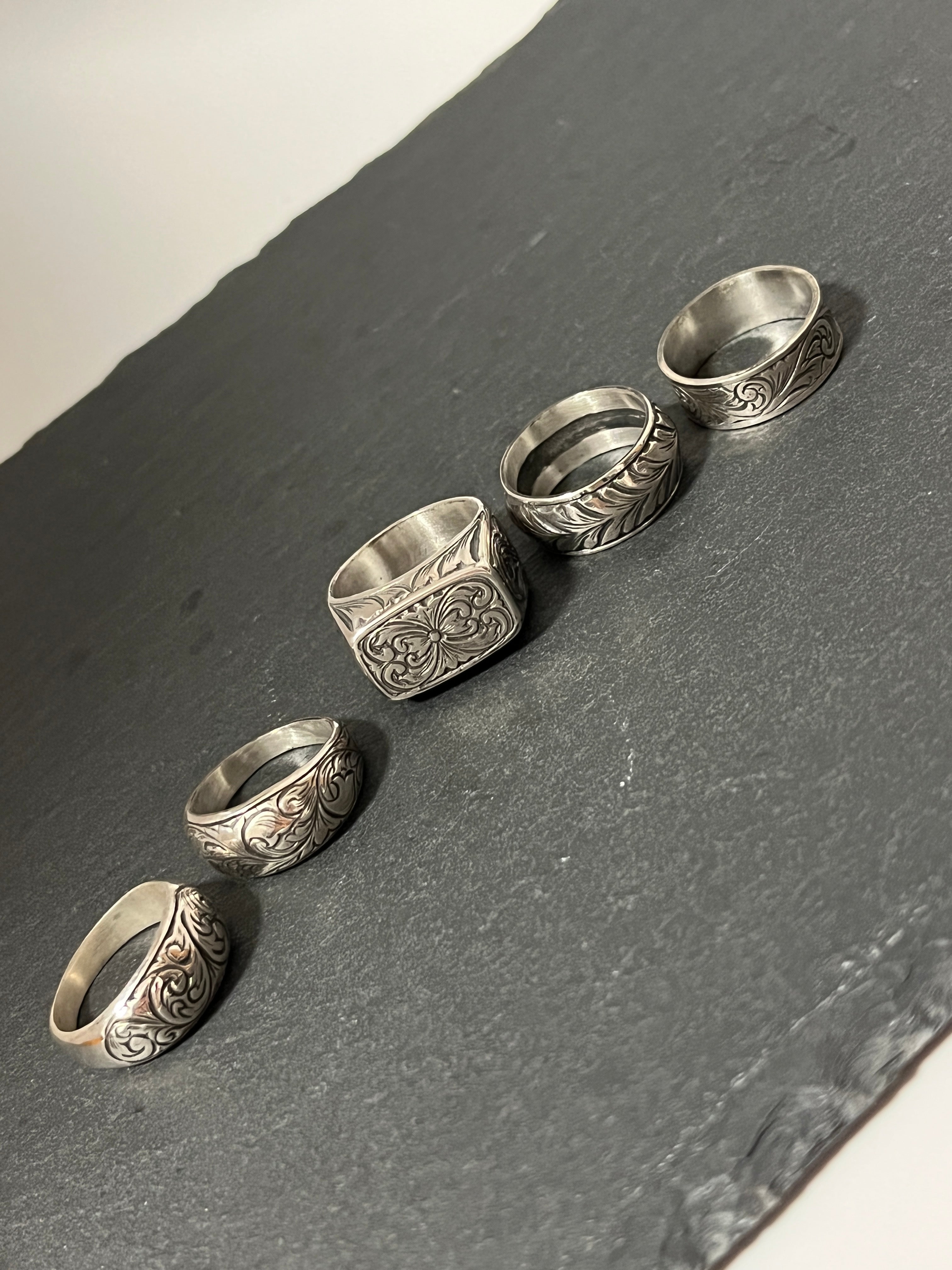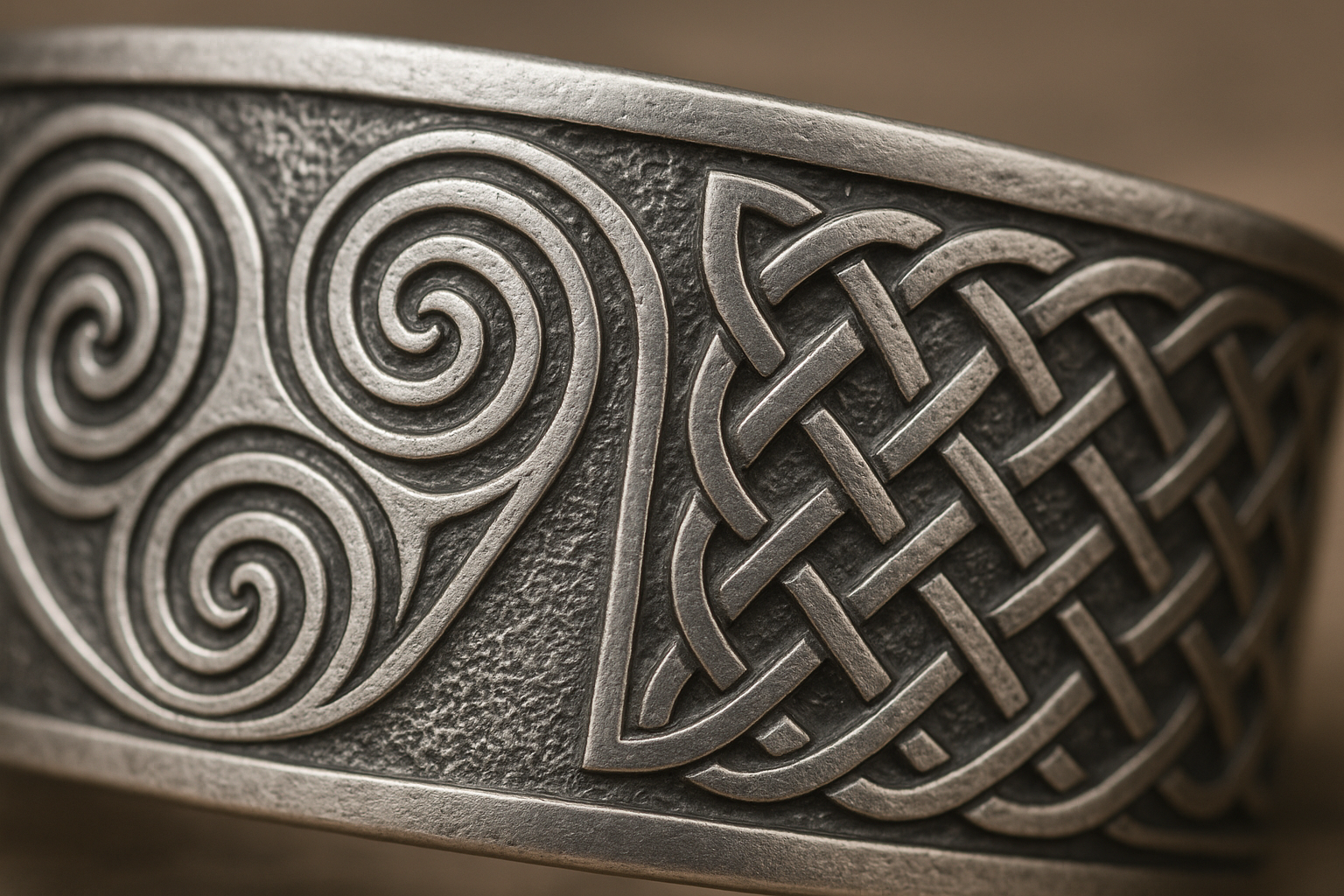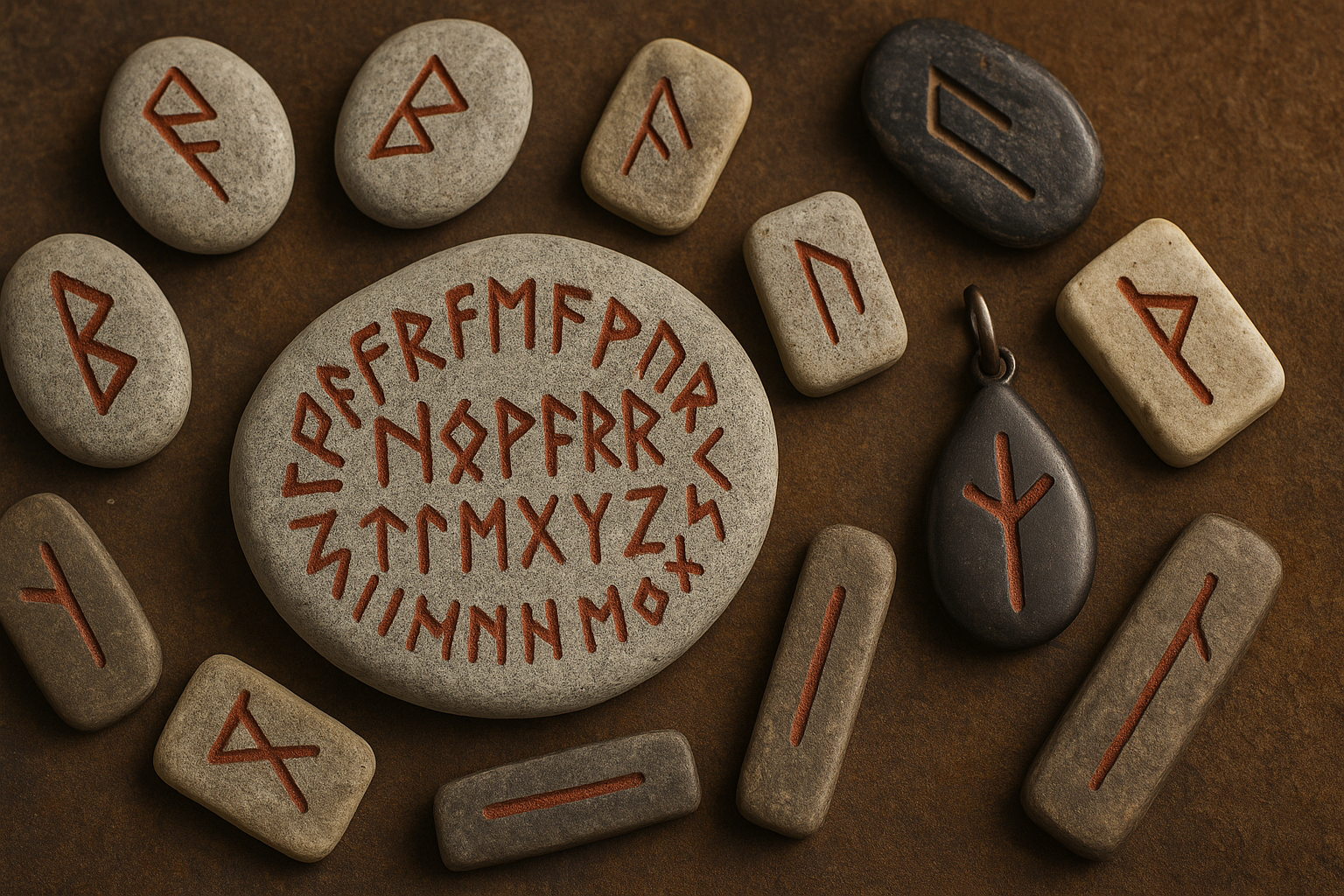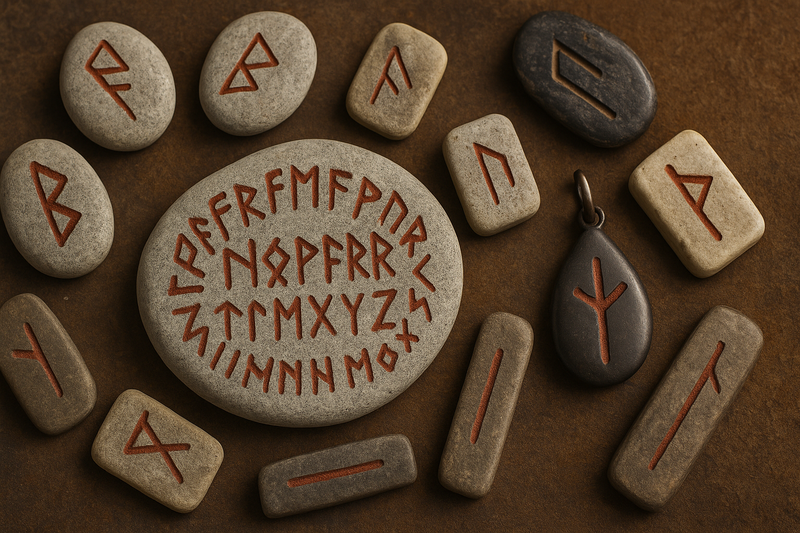

Viking Decorations and Weapons: An Expressive Culture of Power, Faith, and Stories
Viking decorations and armor

When you hear the word "Viking," many people will imagine long ships cutting through the waves and the brave figures of warriors.
But they were not just a force to be reckoned with.
Their battle equipment and decorations were inscribed with meticulous aesthetic sense, beliefs, and symbolism, and served as a mirror reflecting their culture and worldview.
In this article, we will take a broad look at the function and meaning of Viking decorations and weapon ornaments based on archaeological findings.
Viking art and decoration background
Genealogy of Viking art
Viking (Norse) art, also known as Norse Art, developed under the influence of multiple cultures, including Celtic, Germanic, and Eastern art.
The actual art record is incomplete, as much of the decoration remains on durable materials such as metal, stone, and bone, but a wide variety of motifs and techniques have nevertheless been identified.
The maturation of metalworking techniques
Viking Age metalworking techniques were highly sophisticated, combining lost wax casting, casting and duplication molds, wire twisting and twisting techniques, inlay, embossing, filigree and beading.
In particular, bracelets and neck rings made using twisted wire technology show beautiful, uniform patterns, and some research has shown that the "self-aligning pattern" of the twisted structure supports repeatability.
The practice of recycling silver (hacksilver) and using it in a tweaked way has also been observed.
Decoration of Armor and Weapons: Visualization of Symbolism and Authority
Examples of decorations on weapons, sheaths, and handles
There are also examples of decoration on Viking armor, including silver wire inlays, geometric patterns, and marquetry.
For example, the Skerne sword , discovered in England, has a geometric pattern on the hilt made of silver and copper wire.
Additionally, swords excavated from River Witham have been found to feature inlay patterns made with silver and copper alloys.
Examples of helmet and armor decoration
As for helmet decoration, a fragment (brow part) excavated from Lokrume on the island of Gotland is made of iron with silver inlay and niello finish, and displays a geometric interlaced pattern.
Furthermore, a fragment of a helmet's eye section excavated in Gevninge, Denmark, is thought to be an example of bronze with gold leaf decoration, suggesting the possibility that it may have been a decorative helmet.
However, these decorative examples are very limited, and fully decorated helmets were not in widespread use.
Rather, decorative examples were likely intended for authority figures or ceremonial uses.
Semantics and symbolism
Decorative armor is thought to have served as a status symbol, visually representing the wealth, authority, and honor of its owner.
There is also a view that it may have had an identification function, showing "who something belongs to" or "which group it belongs to" on the battlefield or in group activities.
However, due to the limited surviving material, caution is needed in applying this feature to all decorations.
In addition, the decorations may have had religious, sacred, or talismanic significance.
For example, there are several examples of runes being engraved on weapons and mythical animal motifs (crows, wolves, snakes, dragons, etc.) being incorporated into decorations.
However, there is limited evidence to determine which decorations had a talismanic meaning, so we should avoid making excessive generalizations such as saying that "everything was a talisman."
Symbolic motifs: runes, animals, geometry
Runes
Runes may have functioned as symbols of naming, blessing, invocation, or magical incantation nature. There are several reported examples of runes inscribed on ornaments and weapons.
However, it is rare that the meaning of each carved rune can be determined, so there must be room for interpretation.
Animal motifs and mythological symbolism
Viking art frequently features animal images (crows, wolves, snakes, dragons, birds, deer, etc.), which are often interpreted in connection with Norse mythology and symbolism.
For example, the connection between Odin and ravens, wolves (Fenrir/Gilvi, etc.), snakes and dragons (Midgard, Jormungand, etc.) as his attendants is often discussed.
However, not all animal motifs have a specific mythological correspondence, and there are many examples in which they were simply used as abstract decorative motifs.
Geometric and intertwining patterns
Geometric and interlaced patterns are the main motifs in Viking art.
The density and complexity of the patterns varies depending on the era and region, and stylistic divisions such as Borre, Jelling, Mammen, Ringerike, and Urnes are recognized in art history.
These patterns can be symbolic while still remaining abstract, and are sometimes interpreted as "marks indicating lineage or regionality," but this has not always been the case.
Social and everyday aspects: decoration and status
In Viking society, jewelry was a means of expressing status, wealth, affiliation, and appearance.
In particular, women's clothing and accessories (brooches, belt clips, pendants, etc.) may have had important uses in everyday life, social interactions, and making an impression on those who accompanied them.
Ornaments were not simply decorative, but often also served as tools with practical uses (such as fastening clothes or tying obi belts), and design and functionality were fused together.
Ornaments are also important as grave goods, and there are many cases where they are brought or donated as they are at the time of burial.
This served to represent the social status and religious orientation of the deceased.
There are also examples of foreign elements being incorporated into decorations by incorporating silver, gold, and decorative materials from other cultures (such as metal pieces and beads from the East) obtained through trade.
Present-day inheritance and points to note
Viking-style accessories, tattoos, and Nordic-style decorations in games and stories are popular in modern times, but these are "re-creations" that interpret and reconstruct historical documents, and do not necessarily correspond to historical facts.
A particularly well-known example of this misconception is the image of a "horned helmet," but no horned helmets have been found in archaeological finds, and the image has become established as a fictionalized image since the 19th century.
summary
The Viking culture of ornamentation and armor decoration was a complex world of expression imbued with beauty and power, faith and symbols, stories and a sense of belonging.
The silver filigree patterns, runes, animal motifs, and geometric designs on the armor may have been more than just decoration; they were living symbols that conveyed the owner's status, faith, and story.
